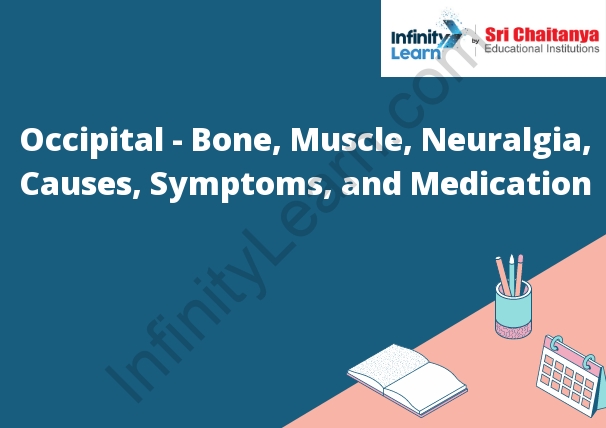Table of Contents
Occipital Bone
The occipital bone is a large, flat, triangular bone that makes up the back and lower part of the skull. It is located at the back of the head, and is responsible for protecting the brain. The occipital bone is attached to the spinal cord, and is responsible for the movement of the head. It is also responsible for the sense of balance. The occipital bone is a large, triangular bone located at the back of the skull. It is the largest and most posterior bone of the skull, and is responsible for protecting the brainstem and cerebellum. The occipital bone is also associated with the muscles of the neck, and helps to support the weight of the head.

Suboccipital Muscle
The suboccipital muscle is a small muscle located at the back of the head. It helps to rotate the head and flex the neck. It is composed of three muscles: the rectus capitis posterior minor, the obliquus capitis inferior, and the obliquus capitis superior. These muscles are responsible for movements of the head and neck, including rotating the head to the opposite side, tilting the head, and bending the neck forward.
Occipital Muscle
The occipital muscle is a muscle in the back of the head. It helps to move the head, and helps to keep the head still. The occipital muscle is a muscle in the back of the head. It is responsible for moving the head, and helps to hold up the skull. The muscle is located at the back of the head, in the occipital region. It is a large, flat muscle that spans from the base of the skull to the nape of the neck. The muscle is divided into two parts: the superior and inferior parts. The superior part attaches to the occipital bone, while the inferior part attaches to the cervical vertebrae. The muscle helps to move the head, and helps to hold up the skull. It also assists in rotating the head to the side.
How to Relieve Occipital Muscle Pain?
There are a few things that can be done to help relieve occipital muscle pain. One is to apply heat to the area. This can be done with a heating pad, hot water bottle, or microwaveable heating pad. Another is to massage the area. This can be done by oneself or by a partner. Finally, if the pain is severe, a doctor may prescribe medication. There are many ways to relieve occipital muscle pain. Some people find that taking ibuprofen or another pain reliever helps, while others find that using a heating pad or ice pack provides relief. Some people find that massage or stretching exercises help to loosen the muscles and relieve the pain.
Occipital Neuralgia
Occipital neuralgia is a type of headache that is caused by irritation or damage to the nerves that run along the back of the head and neck. These nerves carry sensation from the scalp, face, and neck to the brain. When they are irritated or damaged, they can cause pain, burning, tingling, or numbness in the areas they supply.
Occipital neuralgia is a relatively rare condition. It can occur spontaneously, or it can be caused by a number of different factors, including:
-Trauma or injury to the head or neck
-Spinal cord compression
-A tumor or cyst in the neck
-A herniated disc in the neck
-Stress or tension
-Poor posture
The symptoms of occipital neuralgia can vary from person to person. They may include:
-A burning, throbbing, or stabbing pain in the back of the head or neck
-Pain that radiates to the temples, forehead, or eyes
-Tingling or numbness in the scalp, face, or neck
-Sensitivity to light or noise
-Headache that is worse when you move your head or neck
-Difficulty sleeping
If you experience any of these symptoms, it is important to see a doctor for diagnosis and treatment.
Causes of the Suez Canal Crisis
The Suez Canal Crisis was a conflict that took place in 1956, after Egypt, under the leadership of Gamal Abdel Nasser, nationalized the Suez Canal. This angered the French and British governments, who saw the canal as an important strategic and economic asset. The three countries jointly invaded Egypt in an attempt to regain control of the canal, but were forced to withdraw after international condemnation and the intervention of the United States. The crisis marked the end of the British Empire in the Middle East.
Symptoms of a heart attack
A heart attack is a medical emergency that happens when the flow of blood to the heart is blocked. The heart can’t get the oxygen it needs, and the muscle can start to die. This can lead to chest pain, shortness of breath, or other symptoms. If you think you’re having a heart attack, call 9-1-1 right away.
Occipital Neuralgia Medication
There is no one medication that is specifically prescribed for occipital neuralgia. However, some medications that may be prescribed for other types of nerve pain, such as neuropathic pain, may be effective in treating occipital neuralgia as well. These medications include tricyclic antidepressants, anticonvulsants, and opioids.









